Hall of Clestrain, Stenness
#11 among attractions in Stenness


Facts and practical information
The Hall of Clestrain is a house in the parish of Orphir, Orkney, Scotland. The house was the birthplace of the explorer John Rae in 1813. Currently derelict, the house became a listed building in 1971. It featured in the second series of the BBC TV series Restoration in 2004. ()
Stenness United Kingdom
Hall of Clestrain – popular in the area (distance from the attraction)
Nearby attractions include: Ring of Brodgar, Stones of Stenness, Ness of Brodgar, Pier Arts Centre.
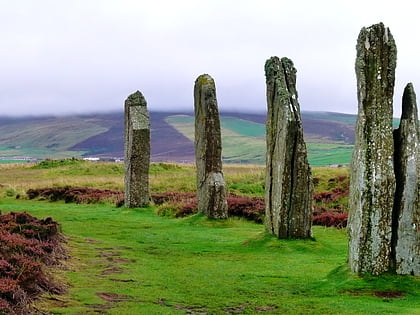 Neolithic stone circle and circular ditch
Neolithic stone circle and circular ditchRing of Brodgar, Stenness
96 min walk • Nestled in the heart of the Neolithic landscape of Orkney, Scotland, the Ring of Brodgar is a prehistoric marvel that continues to captivate visitors from around the world. This ancient stone circle, located near the town of Stenness, is a monumental testament to the...
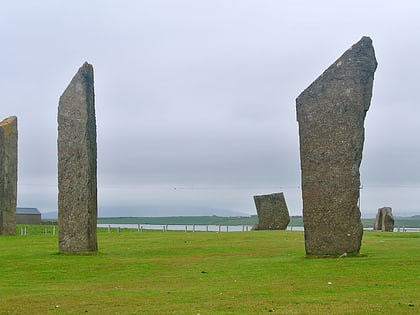 Prehistoric monument in a wild landscape
Prehistoric monument in a wild landscapeStones of Stenness, Stenness
83 min walk • The Standing Stones of Stenness is a Neolithic monument five miles northeast of Stromness on the mainland of Orkney, Scotland. This may be the oldest henge site in the British Isles.
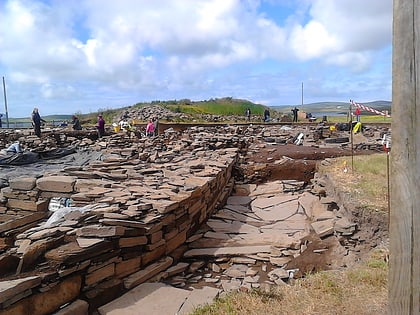 Historical place, Archaeological site
Historical place, Archaeological siteNess of Brodgar, Stromness
88 min walk • The Ness of Brodgar is an archaeological site covering 2.5 hectares between the Ring of Brodgar and the Stones of Stenness in the Heart of Neolithic Orkney World Heritage Site in Orkney, Scotland. Excavations at the site began in 2003.
 Museum, Art gallery, Shopping
Museum, Art gallery, ShoppingPier Arts Centre, Stromness
75 min walk • The Pier Arts Centre is an art gallery and museum in Stromness, Orkney, Scotland. It was established in 1979 to provide a home for an important collection of fine art donated to "be held in trust for Orkney" by the author, peace activist and philanthropist Margaret Gardiner.
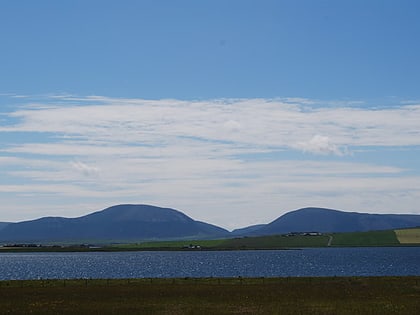 Conserved 4-mile-long brackish sea loch
Conserved 4-mile-long brackish sea lochLoch of Stenness, Stenness
94 min walk • The Loch of Stenness is a large brackish loch on Mainland, Orkney, Scotland and is named for the parish of Stenness. It is 2 miles northeast of the town of Stromness, lies immediately to the south of the Loch of Harray and is close to the World Heritage neolithic sites of the Stones of Stenness and Ring of Brodgar.
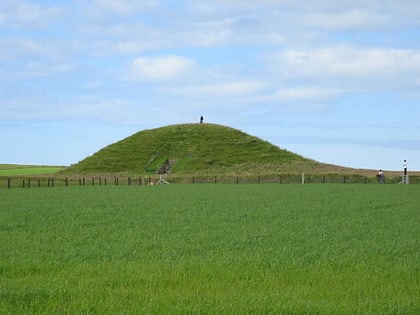
3.6 miN Historical place, Ruins,Maeshowe, Stenness
92 min walk • Maeshowe is a Neolithic chambered cairn and passage grave situated on Mainland Orkney, Scotland. It was probably built around 2800 BC. In the archaeology of Scotland, it gives its name to the Maeshowe type of chambered cairn, which is limited to Orkney.
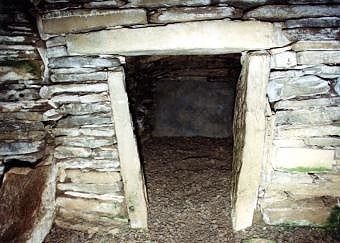 Archaeological site
Archaeological siteUnstan Chambered Cairn, Kirkwall
74 min walk • Unstan is a Neolithic chambered cairn located about 2 mi north-east of Stromness on Mainland, Orkney, Scotland. The tomb was built on a promontory that extends into the Loch of Stenness near the settlement of Howe.
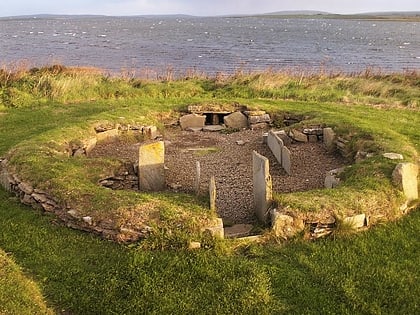 Archaeological site
Archaeological siteBarnhouse Village, Stenness
87 min walk • The Neolithic Barnhouse Settlement is sited by the shore of Loch of Harray, Orkney Mainland, Scotland, not far from the Standing Stones of Stenness, about 5 miles north-east of Stromness. It was discovered in 1984 by Colin Richards.
 Nature, Natural attraction, Lake
Nature, Natural attraction, LakeLoch of Kirbister, Mainland
112 min walk • The Loch of Kirbister is a small, shallow, somewhat triangular shaped loch on Mainland Orkney, Scotland, in the parish of Orphir. It lies 5 mi south west of Kirkwall on cultivated land between two hills. There is a small turf covered islet known as the Groundwater of Holm just off the eastern shore of the loch.
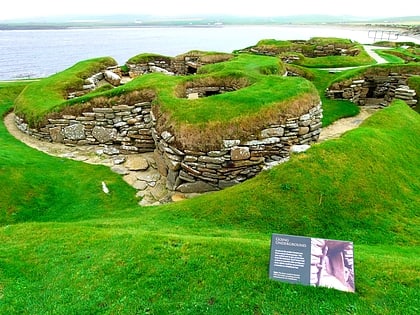
3.6 miN Archaeological site,Heart of Neolithic Orkney, Stenness
91 min walk • Heart of Neolithic Orkney refers to a group of Neolithic monuments found on the Mainland of the Orkney Islands, Scotland. The name was adopted by UNESCO when it proclaimed these sites as a World Heritage Site in December 1999.
 Historical place, Archaeological site
Historical place, Archaeological siteCuween Hill Chambered Cairn, Kirkwall
136 min walk • Cuween Hill Chambered Cairn is a Neolithic chambered cairn on Mainland, the main island of Orkney, Scotland, about 6 miles west of Kirkwall. It dates to around 3,000 BCE, and is similar in design to Maeshowe, but on a smaller scale. It was constructed by Neolithic farmers as a burial place.
